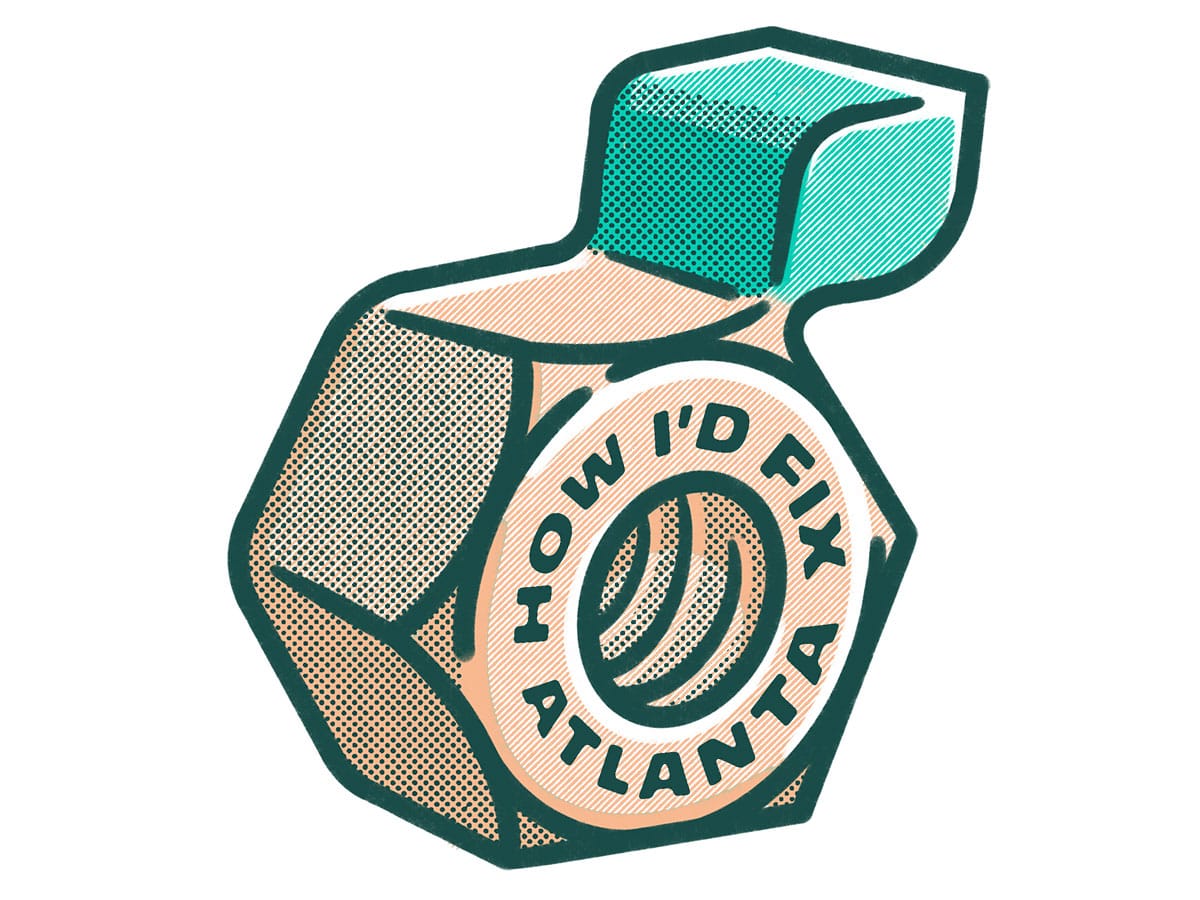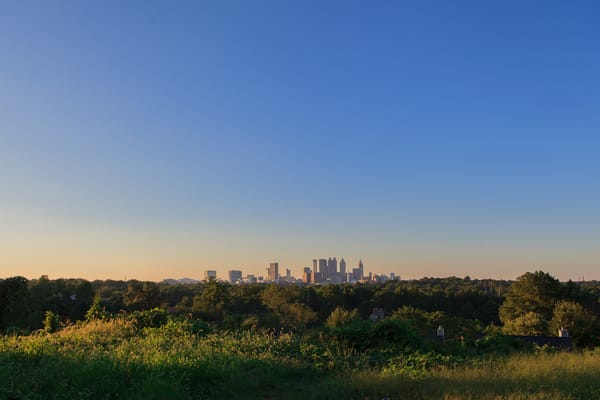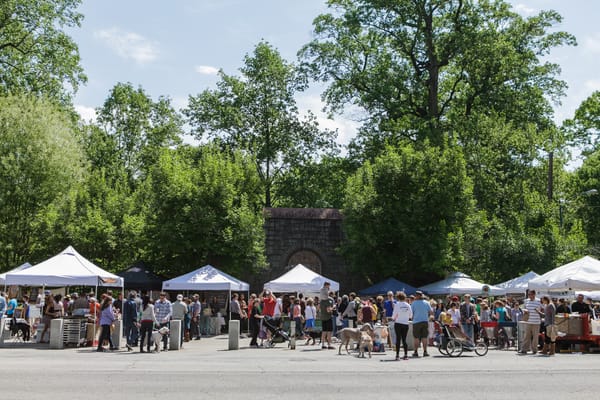How Hannah Palmer Would Fix Atlanta
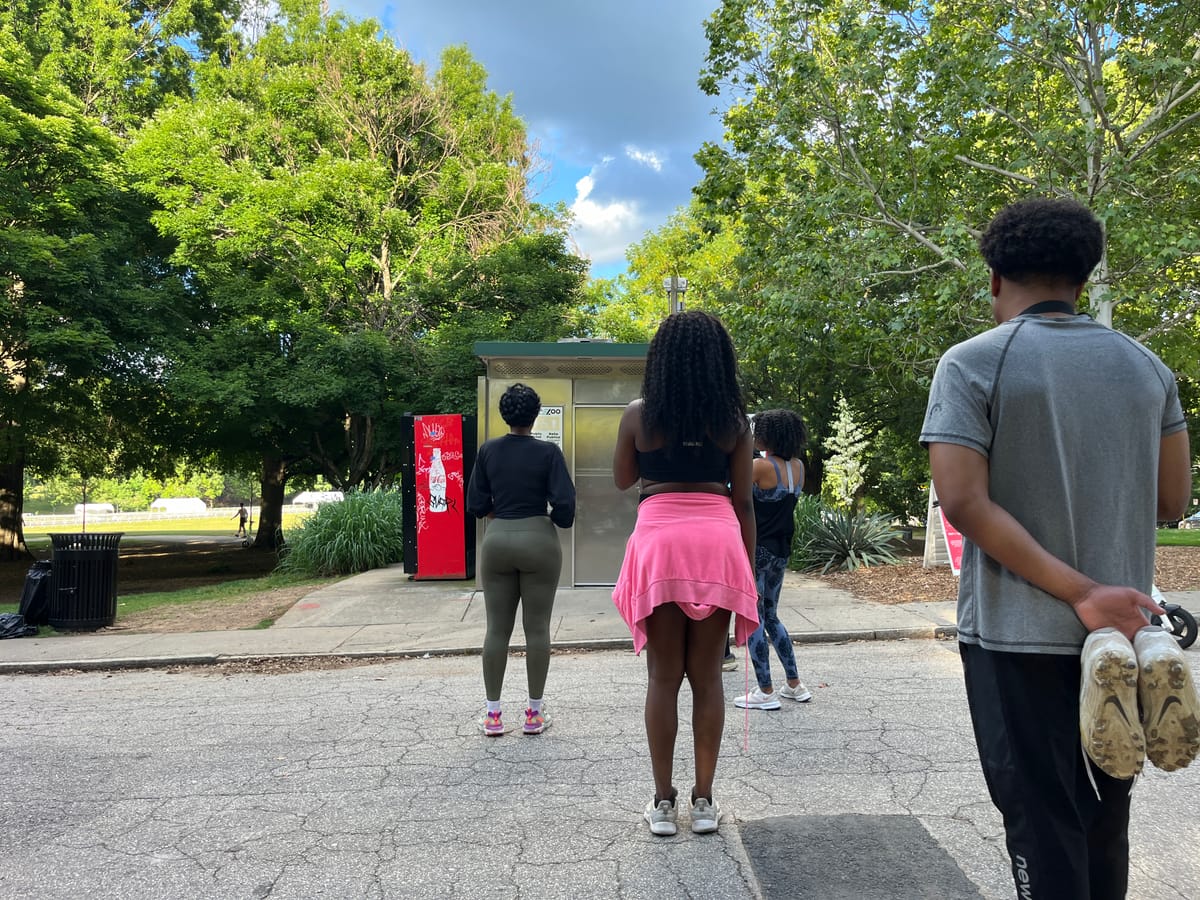
How I’d Fix Atlanta — Public Toilets Everywhere
Hannah Palmer
Shopping at Target makes me poop. Kroger, too. All kinds of retail establishments have this effect on me, from Richard’s Variety Store, where you have to ring a large, humiliating bell to request access to the toilet, to thrift stores, which never have a restroom. I start pushing a shopping cart down a fluorescent-lit aisle and it hits me: the sudden urge to go. Simply arriving at a store relaxes my bowels.
I feel okay confessing this annoying experience because it is not uncommon. It even has a name—the Mariko Aoki phenomenon. I share this also as a way to say that my mental map of public toilets in Atlanta is pretty thorough. I know where the restrooms are located, which ones are decent, and how to unlock them.
Anyone who’s ever been pregnant, or drinks a lot of coffee, or suffers from IBS or Crohn’s Disease, or gets the shits while jogging, or while menstruating, or who experiences incontinence due to injuries or age, or spends time with a potty-training toddler (or even a younger child more generally) will develop this internal navigation system out of a sense of survival.
Deucing in public is a universal challenge—and it's especially challenging in Atlanta, Georgia. Moreover, the restrooms I've mentioned so far are not truly public toilets. As the signs taped to the front door remind us, restrooms are for “customers only,” provided merely to encourage us to continue stimulating the economy. Aside from these, there are very few places to go.

This spring, I looked for public restrooms around ATL. Every time I located one, I prayed that the door would be unlocked and the toilet in working order. Librarians, MARTA janitors, and Parks Department plumbers are all doing heroic jobs making toilets available to the public, but these facilities are extremely limited. MARTA’s restrooms are inside the fare gates; restrooms in parks and libraries are only open during “business” hours; crowds that visit Piedmont Park after 6pm are out of luck.
Because investing in public toilets is a challenge for every city, they can be an interesting marker of our cultural values. Forget comparing Atlanta to global capitals like Tokyo, with its playful and sculptural public toilets (so great, in fact, that they were the backdrop of an Oscar-nominated art film), or Paris, which has more than 400 standalone “sanisettes.” According to the indispensable Public Toilet Index, Atlanta falls short when compared to southern cities like Raleigh or Miami or Charlotte. It calculates a measly four toilets per 100,000 people here.
I've visited a handful of automated public toilets (or APTs) at Woodruff Park, Piedmont Park, City Hall, and Fire Station #4 on Edgewood Ave. These free-standing, self-cleaning, air-conditioned units were installed in 2008 by Atlanta’s Public Works department, using money from the city’s Homeless Opportunity Fund. The floors were soggy from “self-cleaning,” but that didn’t stop people from waiting in line to use them.
“These are stainless steel fixtures, the same fixtures that are used in prisons,” explained Tony Berkeley, President and CEO of Public Facilities Services, Inc., a contractor that installs and maintains APTs for municipalities from Atlanta to Los Angeles. He told me how these units are designed to mitigate the persistent problems of public restrooms: vandalism, loitering, maintenance, and that all-important ick factor. Users only get 10 minutes before the doors automatically open to the street.
“There are certain areas that can definitely use more, like Piedmont Park,” he continued. “If there’s a huge event like a music festival, they’ll put 70 to 80 porta-johns out there and no one uses them. They all stand in line [at the APT]. The line can be a mile long, just because they don't want to use the porta johns. It’s crazy how long people will wait to use the bathroom.”
The lack of toilets is noticeable in Piedmont Park, but even more dire downtown. You can see human waste in the tree wells right next to our gleaming gold dome.
It’s a dilemma that occupies Jennifer Ball, COO of Central Atlanta Progress. “It strikes me as a particularly American problem. Visit New Zealand and you can tell by their public restrooms how much they value the access for the community. It’s bigger than just serving a visitor or tourism need,” she said. “It’s embedded in the culture.”
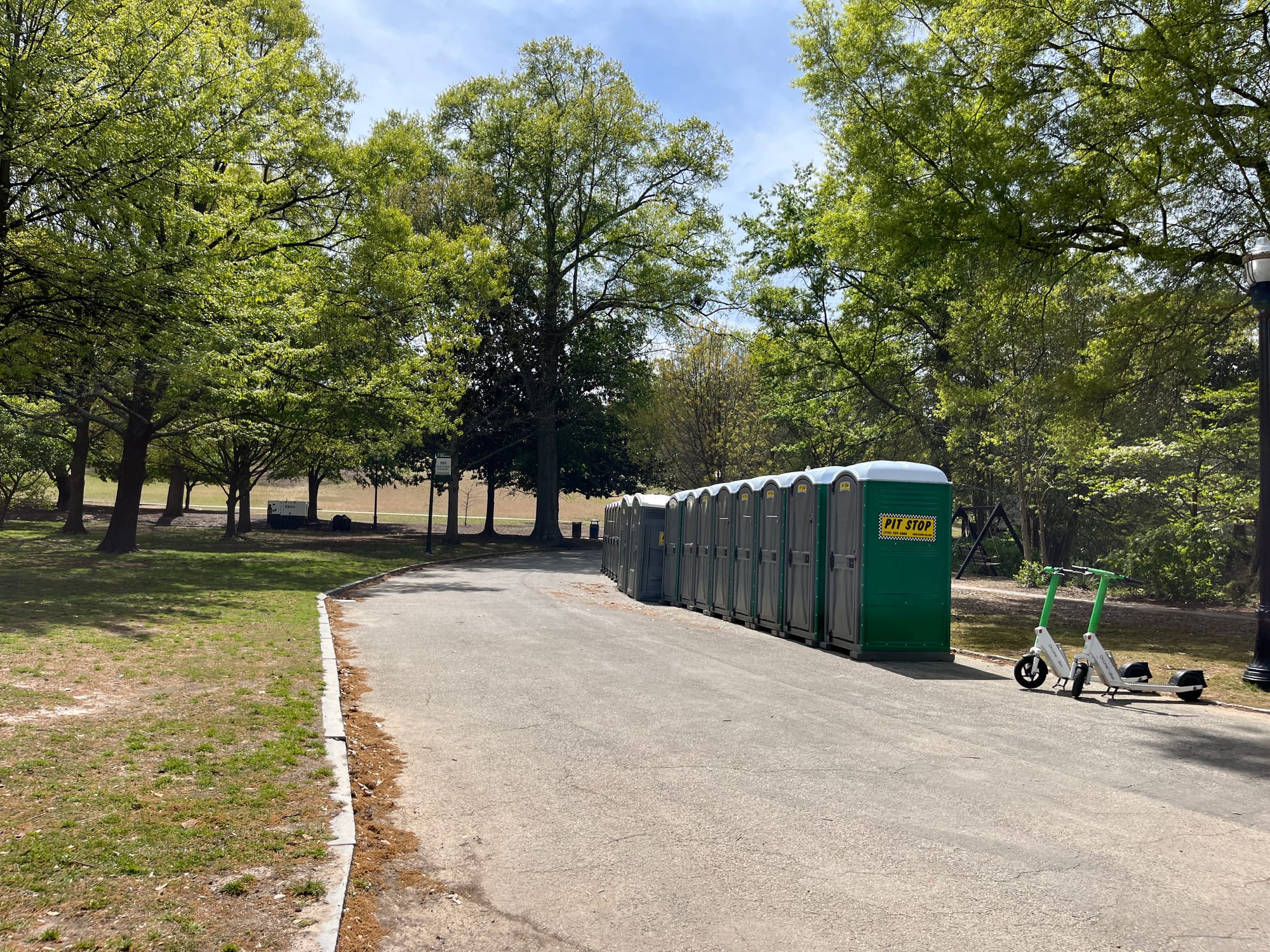
Atlanta's 2021 parks and recreation master plan included survey results that identified the most important facilities to residents. “Restrooms in parks” was ranked number four. APTs are a great solution. So, why don’t we have more of them?
“There are people who are actively trying to remove the toilet from Woodruff Park,” Ball told me. “They think its presence perpetuates the problem.”
Public toilets are where intersecting struggles—poverty, addiction, mental illness—are most visible. Advocates for people experiencing homelessness campaigned for decades for the few public restrooms that exist today. In the lead-up to the 1996 Olympics, when the city proposed criminalizing public urination, activists from the Open Door Community staged a toilet sit-in at City Hall. Reverend Murphy Davis summed up what it revealed about Atlanta in the 2006 book, Sharing the Bread of Life:
“An ugly fact about our society is that many white people still don't want to share bathrooms with people of color. And middle class and wealthy people don't want to share toilets with the poor. There is still a feeling around the city that if we do anything that might help the homeless poor, there will automatically be more of them. So rather than risk that, we allow our public spaces to be inhospitable to everyone.”
Kimberly Parker, Executive Director of the Outreach and Advocacy Center downtown sees this need daily. Before she can help a guest secure an ID, apply for food stamps, or seek medical care, their first priority is a toilet.
“I come to work at 7:15 in the morning and people are in line for services,” she tells me. “Many are jumping up and down, waiting to use the restroom.”
For people trying to survive on the street, there aren’t many options. “Down here there’s no longer a grocery store, no longer a Subway,” Parker says. “It’s something we take for granted. But for these folks, restrooms are not readily available.”
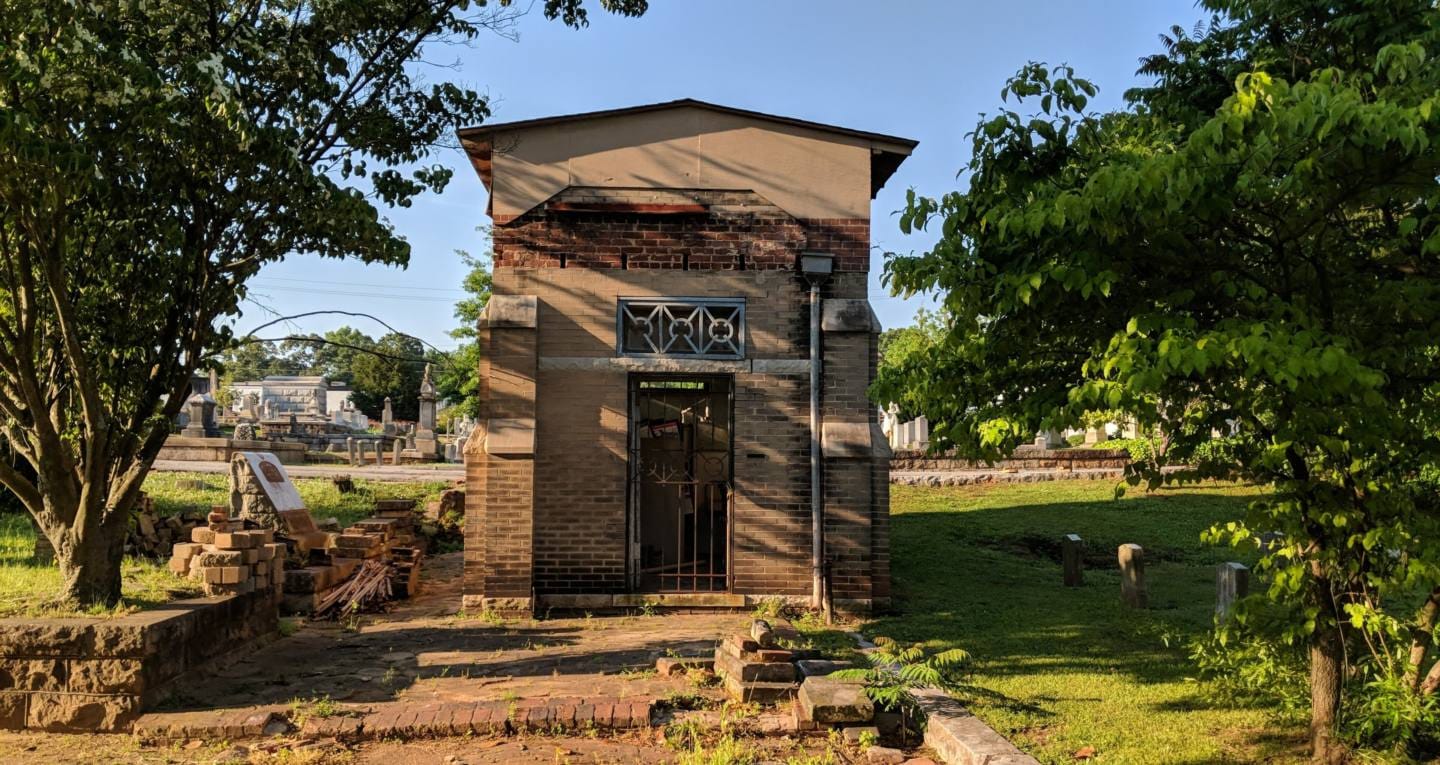
I'm not embarrassed to confess that I poop at Target. I am, however, ashamed to admit how much time I spend in the bubble of my car, in traffic, avoiding being out and about in Atlanta’s lousy public realm. I routinely drive to church downtown—a walkable, MARTA-accessible destination—and enter through a parking deck to dodge the overpowering stench of urine on Washington Street.
Selfishly, I want public toilets everywhere so I can get out of my car. I want them for the basic human dignity of my neighbors. I want them for the sake of a more vibrant and comfortable city. Policies and places that are hostile to the poor harm everyone. The opposite is true, too.
Why not fit APTs into more public properties: fire stations, police stations, community centers, courthouses, etc. Incentivize churches, businesses, and private developers to install them on their properties. Distribute potties across the city, and distribute the burden of maintenance across different city, county, and state budgets—Public Health, the Office of Sustainability and Resilience, the Department of Watershed Management, and more.
More public toilets would help normalize and destigmatize them, but quantity is not my only dream. I don’t just want a row of plastic porta johns, steaming in the sun, trucked in temporarily for the World Cup. Picture instead the historic “comfort stations” in Oakland Cemetery—golden brickwork, mosaic tile floors. Not just a nice place to relieve oneself, but also shelter from heat or a sudden downpour.
Imagine attractive, public restrooms along the BeltLine or in the new Centennial Yards—any place where public investment gets tangled up with gentrification. With Jim Crow bathrooms in our past and luxury mega-developments in our future, this kind of radically inclusive design can be an essential tool to steer Atlanta’s public spaces toward southern hospitality and justice.
Hannah Palmer is a writer and artist from Forest Park who is raising a family in East Point. Her new book, The Pool is Closed: Segregation, Summertime, and the Search for a Place to Swim, is out later this month. You can even go see her talk about it next Wednesday at Wild Heaven.
How I'd Fix Atlanta is an essay series by ATLiens for ATL. In each of these pieces, a thoughtful human argues for one way we could make our city better. Sometimes the ideas will be serious. Other times? A little more lighthearted. From infrastructure to food trucks, public transit to wildflowers, nothing is off limits.
How I’d Fix Atlanta was created by Austin L. Ray. It's a free newsletter sent on a Thursday of most months. It's also an annual zine that costs money. Sometimes it’s a performance on a stage. Other times, it’s a fundraiser. Occasionally it's featured on a podcast or cited by a venerable Atlanta publication. How I’d Fix Atlanta is large, it contains multitudes.
Each writer is paid $700 for their essay. Wanna help support the series? Reply to this email to learn more about sponsorship opportunities.
